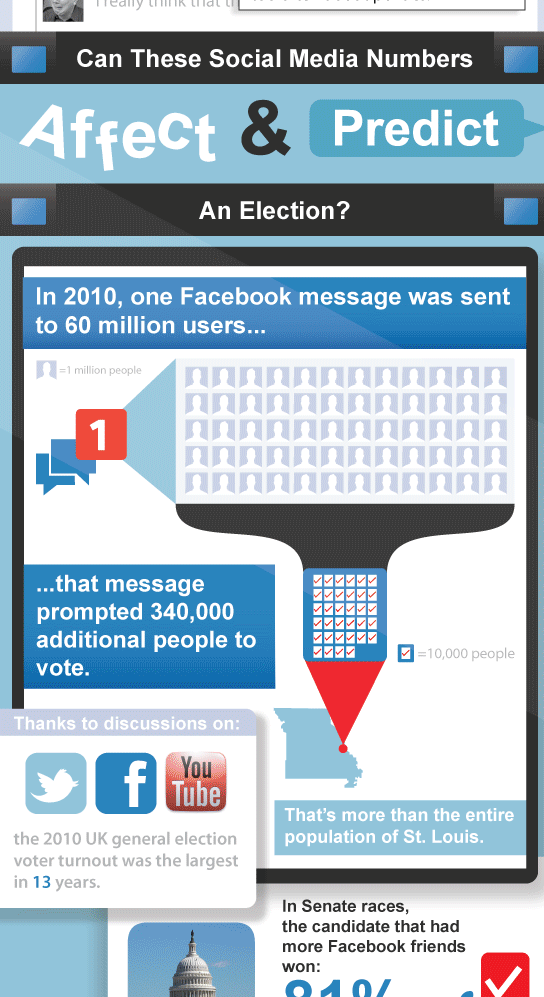This month, The Hague Institute for the Internationalisation of Law (HiiL) announced the finalists for its Innovating Justice Awards. The top three justice innovations for 2012 were The Human Rights & International Criminal Law Online Forum, a partnership between International Criminal Court Office of the Prosecutor (ICC OTP) and UCLA School of Law; The National Justice in Your Community programme of Peru, a project that supports volunteer efforts of judges in their local communities to share their legal knowledge and experience; and Peace Tones, a project that works to protect the rights of world musicians through technology and education. “Innovation is one of the important growth variables. We also see the rule of law as one of the most important factors in the welfare and well-being of the society,” stated Dr. Anne van Aaken, Innovating Justice jury chair and Max Schmidheiny Foundation Professor for Law and Economics, Public, International and European Law. “Justice innovations have the potential to contribute immensely to human welfare, just like technical innovation do.” Thinking broadly, there are three categories of justice innovations. One focuses on providing education and access to the existing laws to the undeserved communities. There’s lots of misinformation out there. And those…
Pipsqueak Articles
Posts written by Olga Werby or Christopher Werby
Pipsqueak Articles, Reference, Users
Social Media Election
by Olga Werby •

The creative folks at Open-Site.org invited me to share the following informational graphic with the readers of this blog. Anyone with a Facebook or Twitter account has probably noticed an increase in the number of political postings over the past few years. This is due, in part, to the explosive rise in social media outlets and users. But voters are not the only people who use social media; among politicians, 9 out of 10 Senators and Representatives have Twitter accounts. However, many are starting to wonder if social media is becoming less a reporter of political races and more of a predictor of the results. In Senate races, the candidate with more Facebook friends than his or her opponent has won 81% of the time. And one email sent to 60 million Facebook users prompted an additional 340,000 people to vote in the 2010 election. This infographic illustrates just how politics and social media are affecting each other.
Pipsqueak Articles, Users
Echo Chamber of Search Results
by Olga Werby •

The other day I got an email urging me to check out the search results for “completely wrong” on Google Image Search. Here they are: The results are clear: it seems like Mitt Romney dominates the “completely wrong” search results! But look closer: Eight out of twenty results shown are just screen grabs of the search results! The more people notice and talk about the search results, the more data points they generate for the search results… and here’s my contribution!
Background Knowledge, Background Knowledge Errors, Ethnographic & User Data, Language, Mental Model Traps, Pipsqueak Articles
The Language Comprehension Continuum
by Olga Werby •
Below is an example of communication error — Penn and Teller use strong emotional language and delivery to hide the true meaning of the message. In context — a pretty young woman anxiously and passionately asking individuals at a faire to protect the environment — signing the petition makes sense. People sign many petitions. And the more people sign (or the more signatures they see on the petition), the more likely others sign as well. A woman, seemingly in distress over an environmental problem, inspires an emotional reaction — people want to help. We have a built-in social value system that encourages this kind of behavior. And finally there’s a strong p-prim that all chemicals are bad — so just hearing a chemical compound in a petition gets a response from the crowd. The result? On the language comprehension continuum, these faire goers didn’t do so well…
Conceptual Design, Interaction Design, Pipsqueak Articles, Product Design Strategy, Scaffolding
BRIDGE to Health
by Olga Werby •

This week, I was invited to attend a BRIDGE Summit at Stanford. I was there to represent Ushahidi’s work and wasn’t particularly sure what to expect… But it turned out to be a very interesting brainstorming session for a new product/service in the health space: BRIDGE. Dr. Stephen Friend (M.D. and PH.D., president/co-founder/director of Sage Bionetworks) ran the show. What you will read below are just my notes, ideas, and understanding of what we were trying to do. I’m sure others at this summit came away with a whole different set thoughts, but, in the interest of advancing my own understanding and sharing of ideas in general, it seemed worth putting together a narrative of the product we were designing. So what is BRIDGE? After a two day discussion, we settled that BRIDGE is a platform (rather than an app) that will strive to: help gather medical information; crowdsource algorithms that would act on collected data with an aim to make medical advances; provide services to patients (information, education, support); facilitate research and make it easier for scientists to get access to data and to post requests for crowdsourcing projects; ease communication between all individuals and organizations working to advance…
Contributor, Ethnographic & User Data, Pipsqueak Articles
Video on the Importance of Social Media
by Olga Werby •
The following video and article has been brought to by the folks at open-site.org. Enjoy! When Gil-Scott Heron wrote that “The revolution will not be televised” he was right. Instead, it will be youtubed, it will be statused, and it will be retweeted. Social networking sites reach more than 82% of the global population: 1.2 billion people. And governments are afraid. Today, a handful of users on Facebook, Twitter, and Youtube can launch a movement that can topple a regime. Just look at Tunisia. Just look at Egypt. It can organize the frustration of middle class Americans from the impotent complaints of individuals into a spontaneous, passionate and primal force. A wave doesn’t demand concessions, but you have no choice but to acknowledge it when it crashes down on you. We are the 99 percent. And what are the results? New governments, an informed and politically active people, and validation. A little over a year ago, The United Nations declared internet access a basic human right. You are a change agent whether you know it or not. Whether you want to be or not. Everyday you blithely browse your virtual network you participate in an engine of social transformation. Welcome…
Ethnographic & User Data, Pipsqueak Articles, Users
Social Media Prayer Wheels
by Olga Werby •

I run several groups on LinkedIn, some for my clients, some to support the work I do, and one for my students. After several years of managing these communities and observing others that I belong to, I have some insights. First, it takes effort! A lot of effort. A group is a community that tries to generate a sense of membership by creating topics of conversations, sharing of information and news, and supporting each others professional efforts. A real community requires participation. It requires a nucleus of idea about which people can come together. It needs some passion as well as intellectual involvement. And members need to feel like they belong and have a say in the movement and evolution of their groups. In short, LinkedIn groups are no different from other communities, it’s just that they mainly focus on professional topics. That said, there are a lot of differences from one community to the next, and one LinkedIn group to the next. Some communities form to support a real world activity like a conference. One of my groups, ICT & Human Rights, was formed for such a purpose. The original core of the group were people who were attending…
